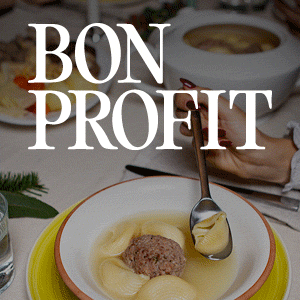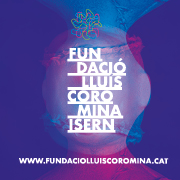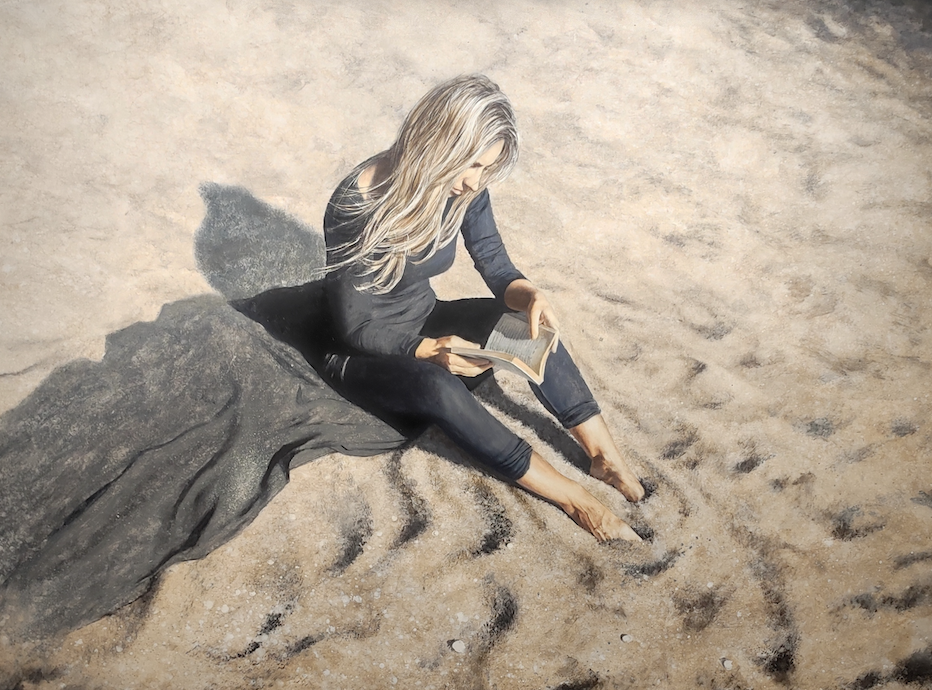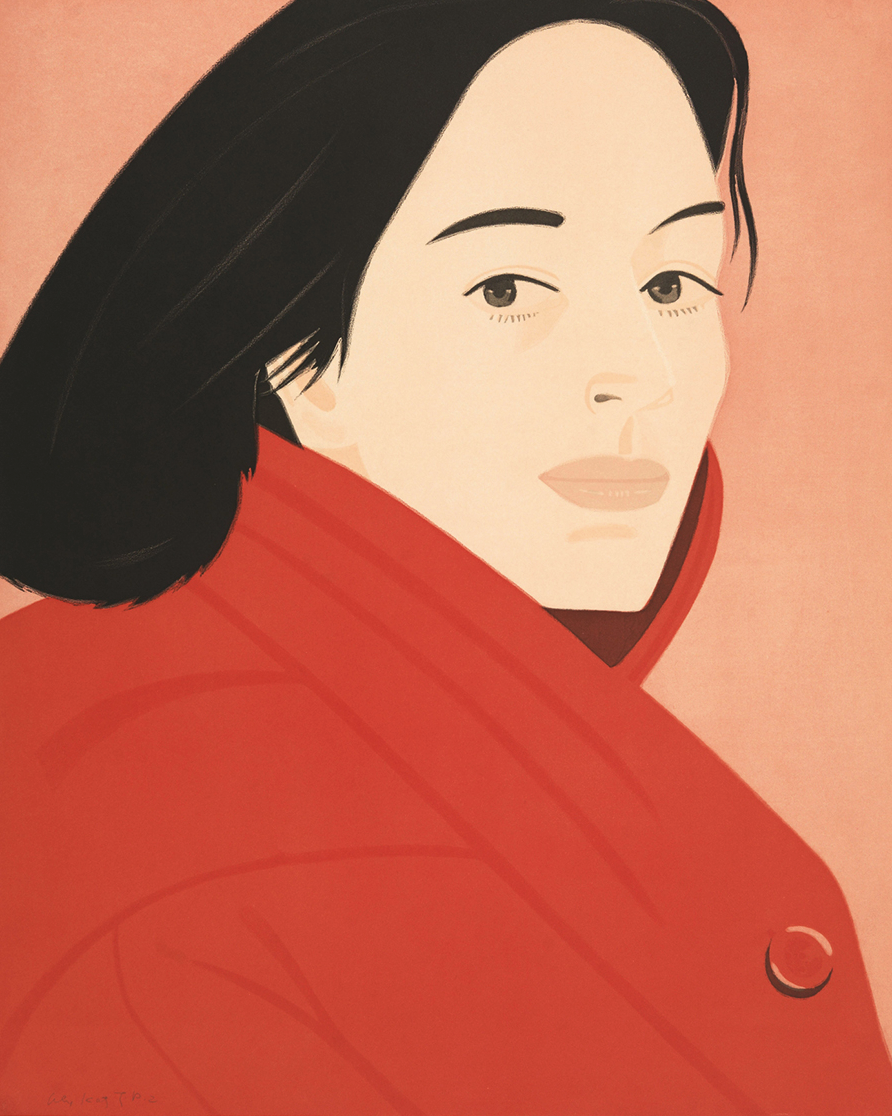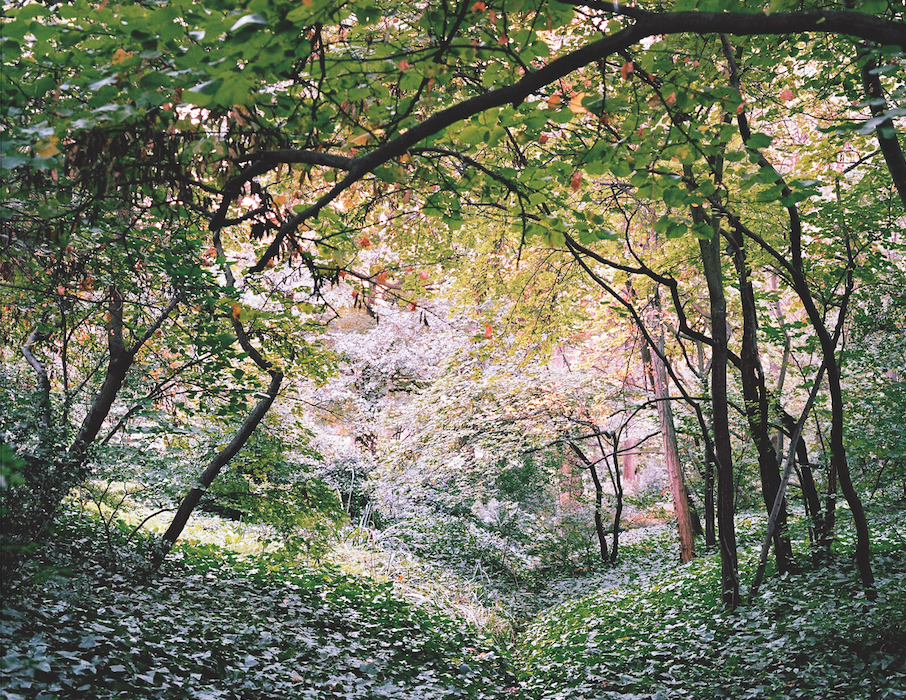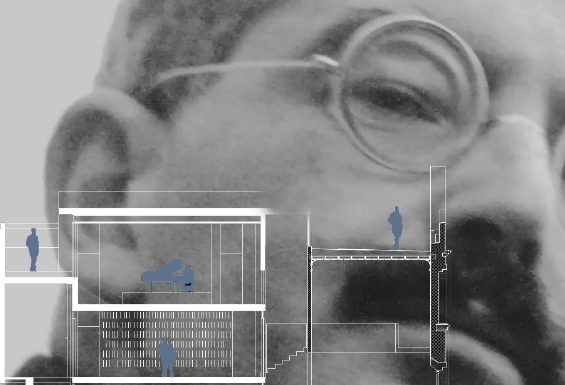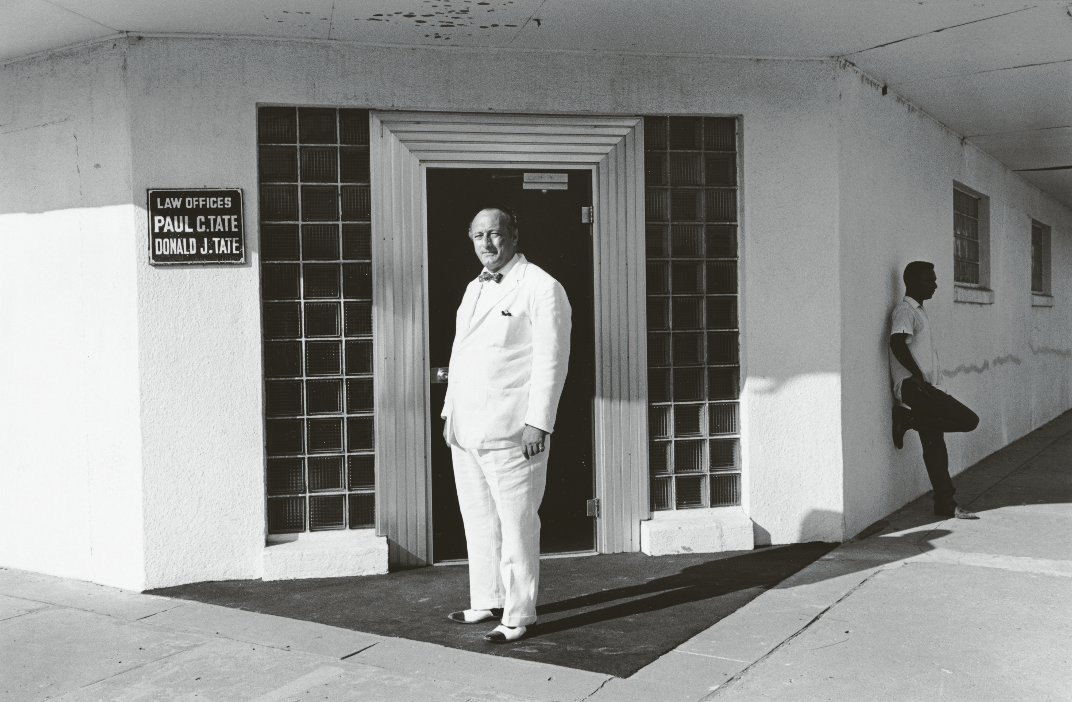
In 2007, the monographic exhibition Lee Friedlander (Washington, Aberdeen, 1934), prepared by the then New York MoMA photography curator Peter Galassi, was on display at CaixaForum. The exhibition offered a chronological tour of the trajectory and work of what is considered one of the most important American photographers of the second half of the twentieth century and part of the famous exhibition New Documents , with which in 1967 the MoMA define a new flock of social documentarians in the United States. In this way, the name of Lee Friedlander is inextricably linked with that of Diane Arbus and Garry Winogrand and, ultimately, of the new ordinary, random and accidental documentary that would be so different from the most humanistic and political of the generations. precedents.
Although Friedlander's work had previously been present in group exhibitions, that of 2007 was the first retrospective organized in Barcelona. Fifteen years later, under the guidance of its photography curator, Carlos Gollonet, the Mapfre Foundation proposes to revisit the photographer's career. On this occasion, however, the route is amplified to the most recent works, through about three hundred images, as well as different photobooks and other publications. In fact, it's been a few years since Gollonet followed in Friedlander's footsteps, and after being able to work from home in the United States and study his photographic background in person, this extensive, complete exhibition arrives at the KBr center. and updated, which in some respects dialogues and recalls that of 2007.
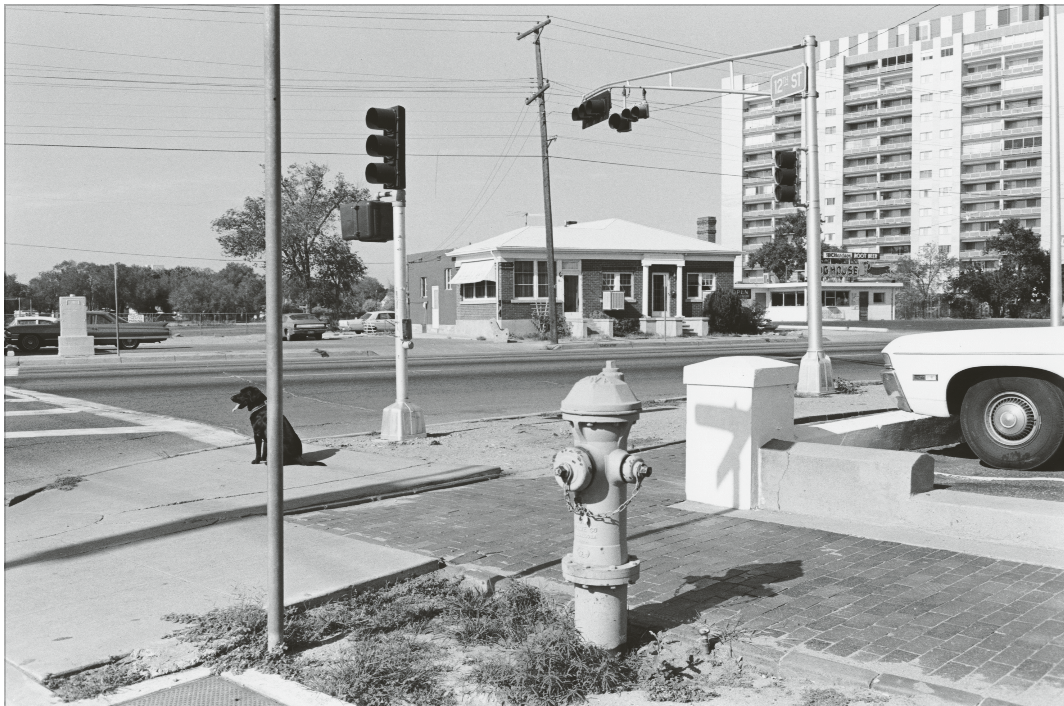 Lee Friedlander, Albuquerque, New Mexico, 1972. Plata en gelatina. 28x35,5 cm. Cortesia de l’artista i de la Fraenkel Gallery de San Francisco.
Lee Friedlander, Albuquerque, New Mexico, 1972. Plata en gelatina. 28x35,5 cm. Cortesia de l’artista i de la Fraenkel Gallery de San Francisco.
From jazz to the first formal breaks
Thanks to private collecting, the exhibition begins with a collection of different jazz vinyls in which a young Lee Friedlander worked in the fifties, producing photographs of the covers. He portrayed almost all the giants of the genre and collaborated with the major record labels of the time. Miles Davis, John Coltrane, Charlie Mingues or Sony Stitt, and labels such as Atlantic and Columbia exemplify a link, that of jazz and photography, which goes beyond mere graphic illustration to take shape in the form of artistic contagion: in style , rhythm and improvisation. Distinctive features that we can identify in much of Friedlander's photographic work of the following decades, in a visual language that will be based on disruption and irony.
In the 1960s, when Lee Friedlander immersed himself in the field of social reporting, New York was one of the great laboratories of photographic documentary. It is thanks to the deposit created by institutions and agents such as the New School for Social Research, the Limelight Gallery, the many private lessons of many of those photographers on the Lower East Side and the inescapable reference of some authors such as Walker Evans, Robert Frank or Lisette Model, among others. In those days the documentary utopia relied on the ability of photography to record and transform social reality. Hence the images in which the center is the human subject and its relationship with the environment, in a representation of objective and descriptive eagerness. But Lee Friedlander will be one of the rupturists in modifying compositional conventions and thematic approaches, copying juxtaposing images, densifying and fragmenting content, framing ambiguously, resorting to humor. His self-portraits are surely one of the clearest exponents of this subversion of the genre and the photographic convention. But it is accompanied by other types of images, such as street snapshots, portraits or nudes, such as Madonna before she became the pop icon she is today.
Spain is not the USA
The exhibition includes Friedlander's best-known photography series, made with his Leica camera. But it is worth noting other lesser-known photographic groups, such as photographs taken in Spain. It so happened that in 1964, and thanks to a Guggenheim grant to travel around Europe, Friedlander visited the Iberian Peninsula. He took some photographs that are now on display for the first time. Another occasion is precisely in 2007, when on the occasion of the CaixaForum Friedlander exhibition he visited Barcelona and tried to capture the human landscape of tourism around the Sagrada Família.
Having become acquainted with the imbalance and bustle of the American social landscape, the contrast with the images of Spain shows precisely the adequacy of Friedlander's photographic style with the dominance of the specifically American and that it is perceptible in the gestures of people, the visual and advertising environment, space and architecture. Perquè resulta obvi que quan Friedlander intenta recórrer al mateix llenguatge fotogràfic amb l'entorn espanyol i català, la càmera no li respon d'igual manera, malgrat que procura aplicar les mateixes fórmules.
Pictured: Lee Friedlander, Paul Tate, Lafayette, Louisiana, 1968. Gelatin Silver. 28x35.5 cm. Courtesy of the artist and the San Francisco Fraenkel Gallery.


